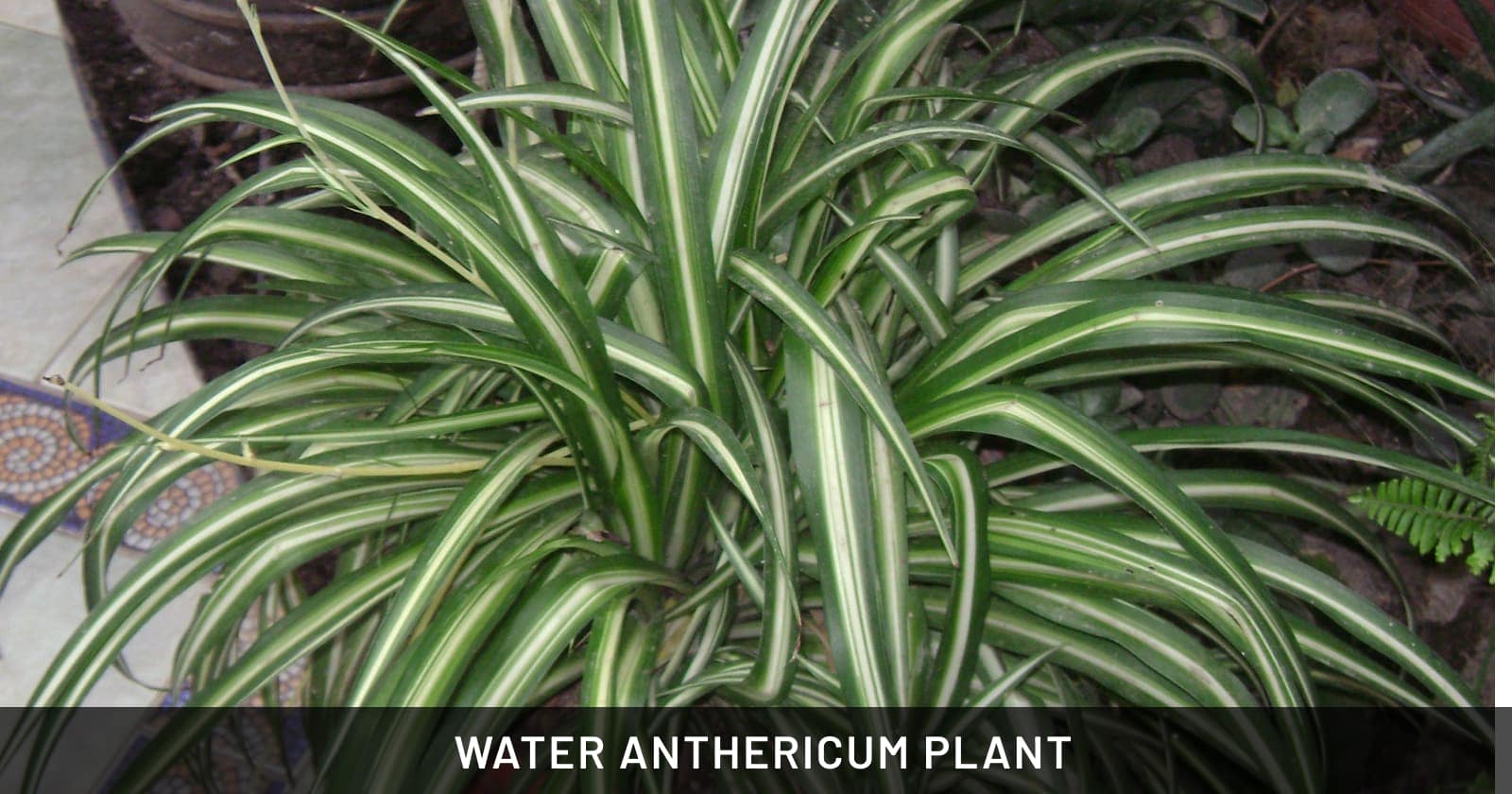Walking Anthericum

The Walking Anthericum, also known as the Spider Plant (Chlorophytum comosum), thrives indoors with minimal fuss, making it ideal for busy or novice plant owners. Notably, it is one of the safest houseplants for pets. This plant is renowned for its ability to purify indoor air, removing common toxins and improving home environments. Its resilience is remarkable; it tolerates low light and infrequent watering. Spider plants feature arching leaves that grow vigorously, often sprouting baby plants on dangling stems, which can easily be propagated. For pet owners, the non-toxic nature of the Spider Plant provides peace of mind—cats or dogs that nibble on the leaves will face no harm. It’s a charming addition to any room, hanging in baskets or perched on shelves, adding a touch of greenery that’s both safe and stylish.
Here’s a detailed table covering both the physical and scientific characteristics of the Walking Anthericum, commonly known as the Spider Plant (Chlorophytum comosum):
| Characteristic | Detail |
|---|---|
| Scientific Name | Chlorophytum comosum |
| Common Names | Spider Plant, Airplane Plant, Ribbon Plant, Spider Ivy, St. Bernard’s Lily |
| Family | Asparagaceae |
| Native Region | Tropical and Southern Africa |
| Growth Habit | Clump-forming, perennial |
| Leaf Color | Green with white stripes (variegated forms are common) |
| Leaf Shape | Long, narrow, arching |
| Flower Color | White |
| Flower Shape | Small, star-shaped, borne in loose panicles |
| Blooming Season | Rarely flowers indoors; blooms in summer if outdoors |
| Root System | Fibrous |
| Propagation | Via seed, division, or “pups” (baby plants) |
| Light Requirements | Bright, indirect light preferred; tolerates low light |
| Water Requirements | Moderate; allow soil to dry slightly between waterings |
| Soil Type | Well-draining, loamy |
| Temperature Range | 65°F to 90°F (18°C to 32°C); not frost tolerant |
| Humidity Requirements | Tolerates average household humidity; prefers higher humidity |
| Toxicity | Non-toxic to cats and dogs |
| Air Purifying | Yes (removes formaldehyde and xylene) |
These details highlight the Spider Plant’s adaptability and safety, making it a popular choice for both seasoned and beginner gardeners, as well as pet owners looking for a worry-free addition to their home.
How to Grow and Care for Walking Anthericum
Is the Walking Anthericum (Spider Plant) toxic to dogs/cats/horses?
No, the Walking Anthericum is considered non-toxic to dogs, cats, and horses according to the ASPCA.
Can my pet eat the Walking Anthericum (Spider Plant) without getting sick?
While non-toxic, large quantities of any plant material can cause mild stomach upset in pets. The leaves might not be very appealing due to their texture.
Is the Walking Anthericum (Spider Plant) safe to keep indoors with pets around?
Yes, the Walking Anthericum is generally safe for indoor spaces with pets. It’s a popular choice for pet-friendly homes. However, curious pets might chew on the leaves.
Are there any special precautions I need to take with a Walking Anthericum (Spider Plant) and pets?
Even though non-toxic, excessive chewing can damage the plant. Here are some tips:
- Placement: Hang the Walking Anthericum in a basket or place it on a high shelf where pets can’t reach it easily.
- Supervision: Monitor curious pets, especially young ones, around the plant to prevent excessive chewing.
- Provide alternatives: Offer your pet chew toys or designated safe plants to redirect their chewing behavior.
What if my pet chews on a Walking Anthericum (Spider Plant) leaf?
If you notice your pet chewing on a leaf, remove any large pieces from their mouth. Monitor them for signs of stomach upset. If they seem unwell, consult a veterinarian.
Additional Note: While the Walking Anthericum (Spider Plant) is generally safe, the hanging “”spiderettes”” that grow from the mother plant might be more tempting for playful pets. Keep an eye on these and consider trimming them back if necessary. “